
The real-life version of the newest Slam Dunk movie’s shrine is worth working up a sweat to see.
When it comes to pilgrimages to real-world places seen in anime, fans of Slam Dunk are known for heading to Kamakura, the Kanagawa Prefecture coastal town that serves as the model for the town where the series’ basketball-playing teens attend high school. These days, though, there’s a new Slam Dunk pilgrimage site, one found far, far to the north in Akita Prefecture.
Moriko Omonoimi Shrine isn’t mentioned by name in The First Slam Dunk, the CG anime movie that came out late last year and is the most recent piece of Slam Dunk animation so far. However, fans can’t help noticing how the shrine visited by Eiji Sawakita, star player of the powerhouse team the Slam Dunk protagonists go up against, looks an awful lot like Moriko Omonoimi. The shrine is located in the town of Yurihonjo in Akita, the same prefecture where Saakita’s fictional Sannoh High School is supposed to be.
Akita, part of Japan’s northeastern Tohoku region, is one of the most rural prefectures in the country, and stepping out of Kurosawa Station on the Chokai Sanroku Line (the closest stop to the shrine), we had our breath taken away by the idyllic Japanese summertime view of a bright blue sky, pure-white clouds, and green fields stretching all the way to deeply forested mountains.
The station itself is a tiny, unmanned building, but clean and well maintained.
▼ If you’re visiting the shrine by train, you’ll want to snap a picture of the timetable, as trains only come by once or twice an hour.
Like we mentioned above, The First Slam Dunk never explicitly says that Moriko Omonoimi is the shrine Sawakita visits to pray for success in his sporting endeavors. Those who have visited the shrine and seen the movie say the visual similarities are clear, though, so much so that…
…the town and station have leaned into the reputation. At the bottom of the Kurosawa Station sign is a picture of a basketball jersey that looks just like Sawakita’s, right down to his number, 9. The sign also greets visitors with the written message “You’ve come to Kurosawa Station,” which in Japanese is “Kurosawaeki ni kita yo,” and sure enough, the sawa and kita parts are written in green.
▼ The route from the station to the shrine
It’s about two kilometers from the station to Moriko Omonoimi, a walkable distance, but there’s also a parking lot near the shrine entrance if you’re arriving by car. Along the way, we even spotted a sign directing visitors.
▼ 森子大物忌神社 = Moriko Omonoimi Shrine
▼ Even the sign for the parking lot has a cool countryside vibe.
In the movie, Sawakita visits the shrine while out running to condition himself for the upcoming game. Elite athlete that he is, he bounds up the stone staircase that leads up to the shrine’s main building.
Stepping through the torii gate, though, we figured we should pace ourselves, because there are roughly 300 stone steps.
On the plus side, you’ll have plenty of beautiful scenery to admire as you take your time, since the path you walk on leads through a dense forest of cedar trees.
As we walked, we didn’t encounter a single other person, and the solitude created a serene, sacred atmosphere. We were far from alone, though as there were tons of bugs: dragonflies, butterflies, bees, horseflies, and mosquitoes.
▼ “Beware of bees”
Since we were visiting in the summer, there was probably more insect activity than usual, but we’d definitely recommend wearing long sleeves to prevent getting bit or stung on your arms. Another thing we’d recommend is bringing some water with you to rehydrate. The cedars provide a measure of shade even at midday, but you’re still likely to work up a sweat climbing up to the shrine.
When we eventually did make it up there, the shrine building was both rustic and majestic. The unpainted wood gives it a very old-school, local-community feel, but the carvings are complex and exquisite.
Just like on the trail, we didn’t see anyone else at the shrine that day. We weren’t its first visitors, though. Set up on a small table was a row of hand counters and a multi-lingual request to press the one corresponding to your country of origin, either Japan, Korea, China, Taiwan, or “English-speaking countries.”
Lumping all English-speaking countries together might seem kind of unusual, but language is clearly the focus of the tally-taking, so that the shrine, and by extension the town of Yurihonjo, can know where its visitors are coming from and how to make their time in the area enjoyable, such as by providing tourism information in their native languages. It’s a kind-hearted and admirable initiative, since as a small rural town there isn’t a lot of non-Japanese-language sightseeing information available about the town yet.
Moriko Omonoimi is actually the start of a trail for shugendo, mountain hiking pilgrimages began by ascetic monks and now enjoyed by outdoorsy types in a secular sense too. With daylight running short and our legs already tired from the climb up, we decided to save the shugendo trail for another time, and headed back down the steps.
It may not have the flash of historical significance of the country’s more famous shrines, but visiting Moriko Omonoimi is one of those quintessential small-town experiences that make getting off the beaten path in rural Japan so enticing. Even though it was the Slam Dunk connection that drew us there, you don’t have to be a fan of the series, or even anime in general, to get something out of climbing those steps and visiting the shrine, and the memories of our day at Moriko Omonoimi will be with us for a long time…
…even longer than the bug bites we still have to put anti-itching ointment on.
Shrine information
Moriko Omonoimi Shrine / 大物忌神社
Address: Akita-ken, Yurihonjo-shi, Moriko Yaotome-shita 99
秋田県由利本荘市森子八乙女下99
Website
Photos ©SoraNews24
● Want to hear about SoraNews24’s latest articles as soon as they’re published? Follow us on Facebook and Twitter!
Follow Casey on Twitter, where “cool shrines, cool cartoons” are big parts of what drew him to Japan.

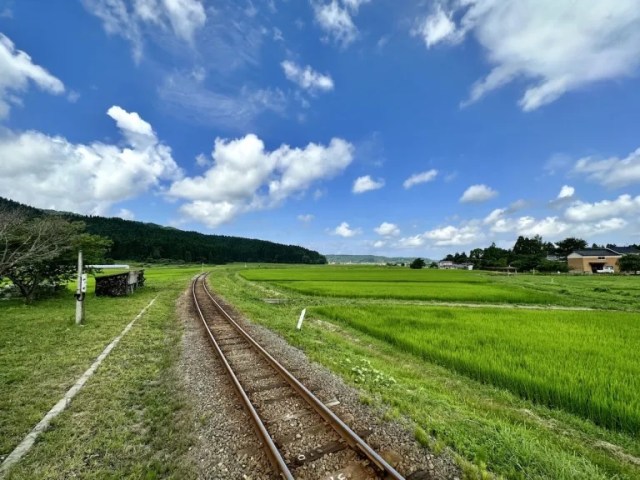
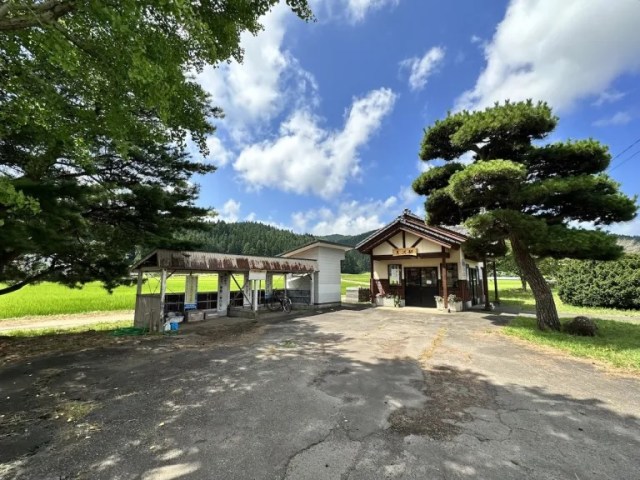

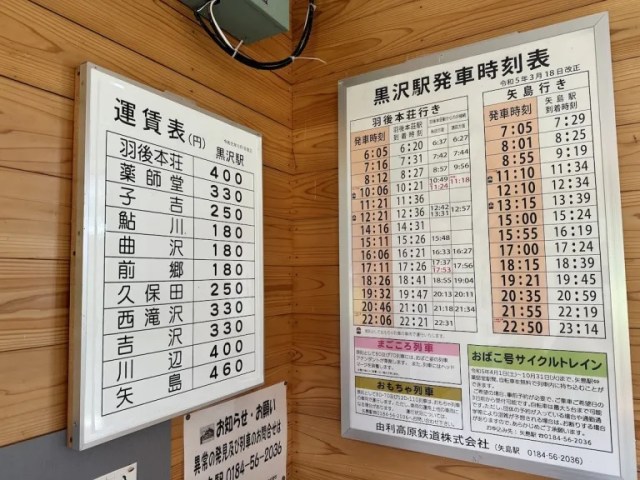
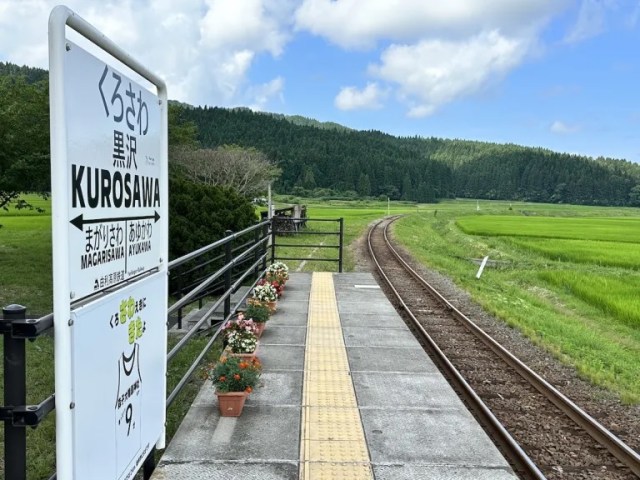
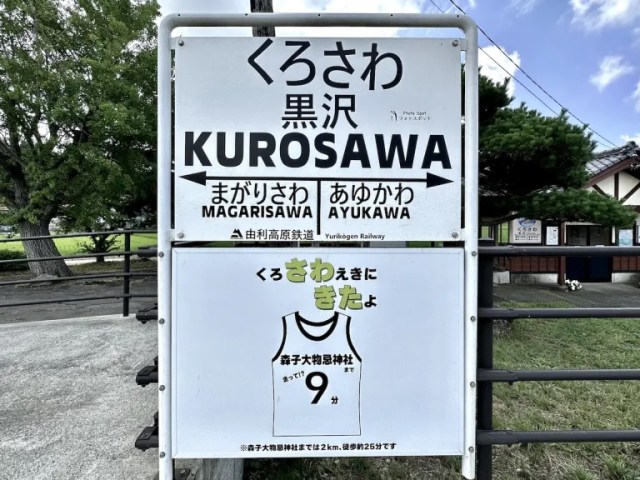
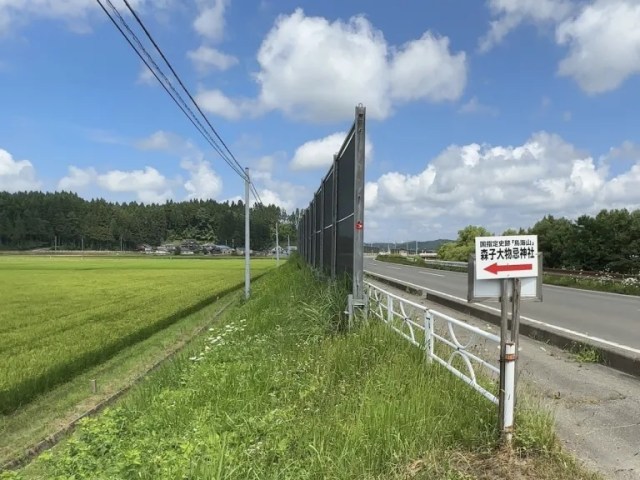
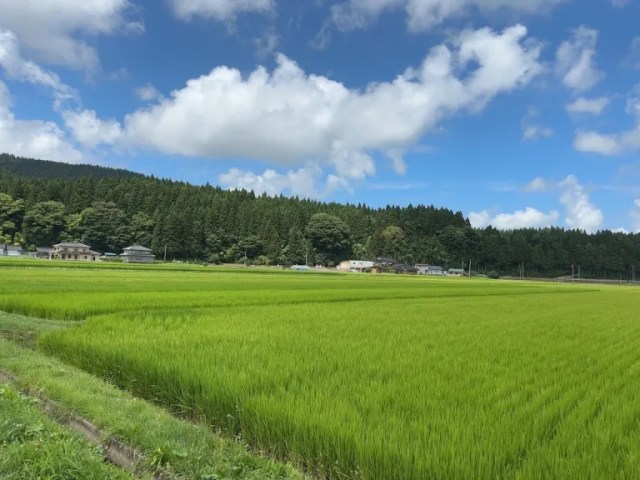
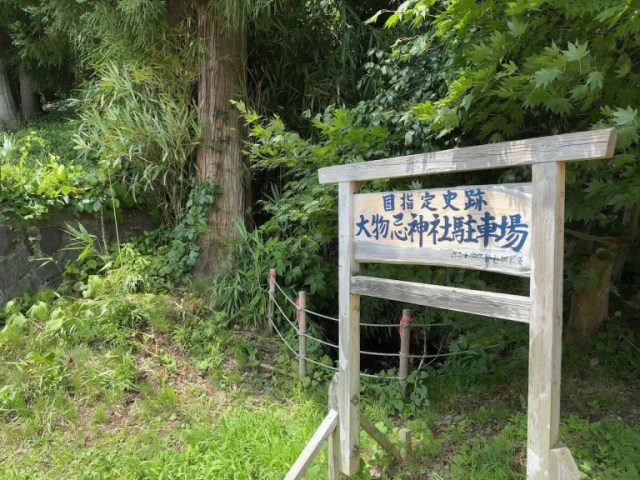
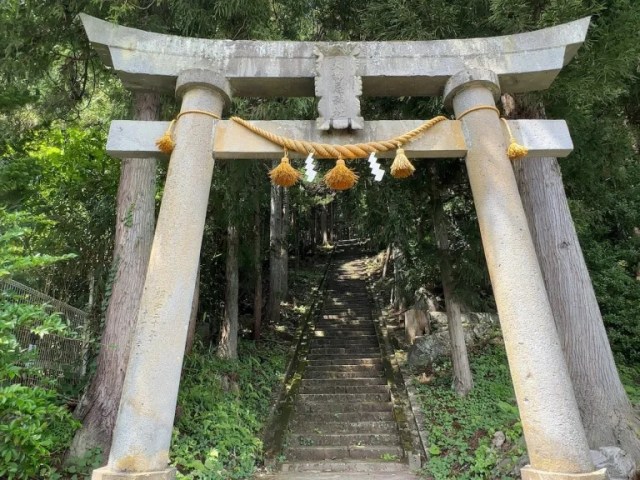
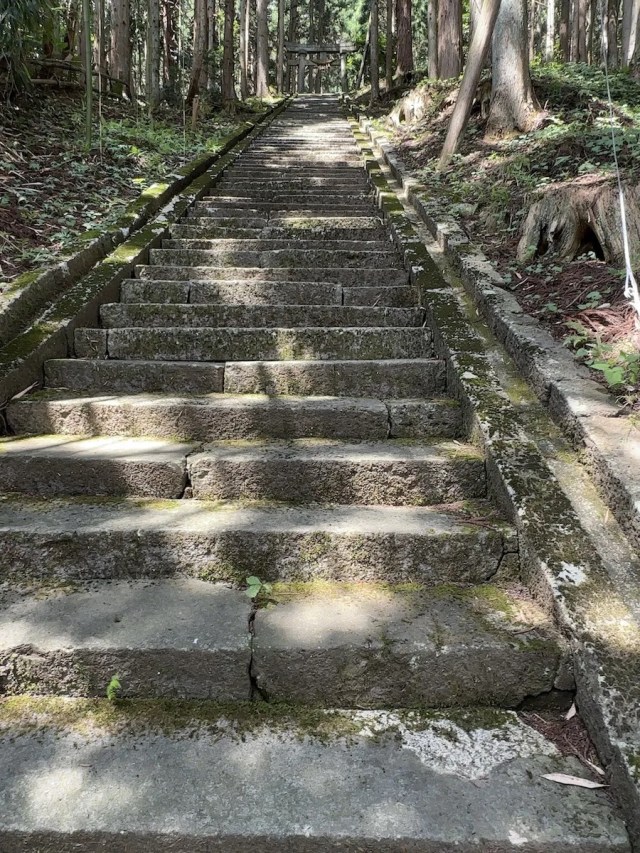
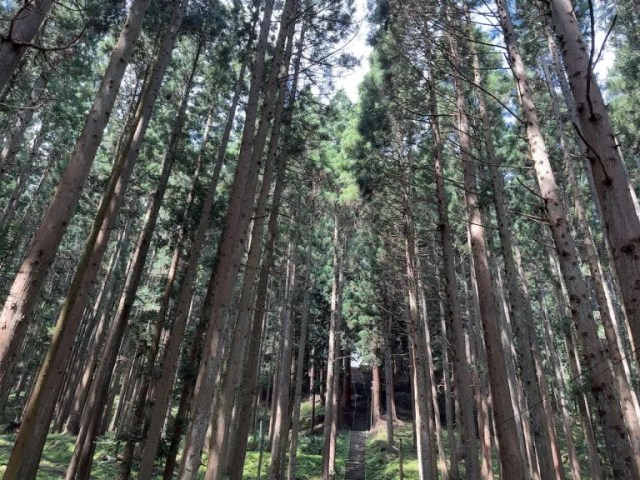
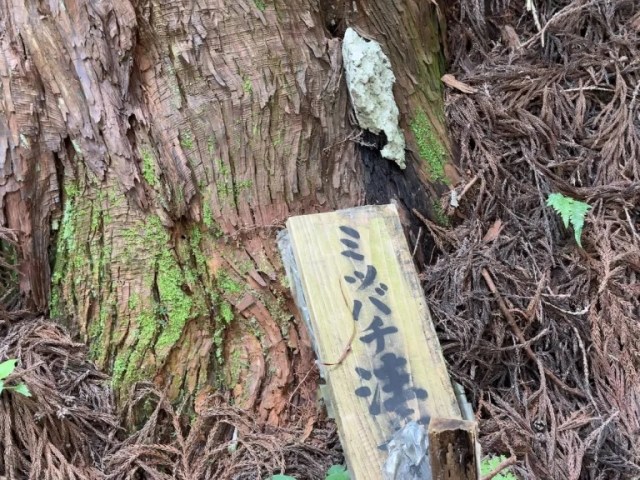
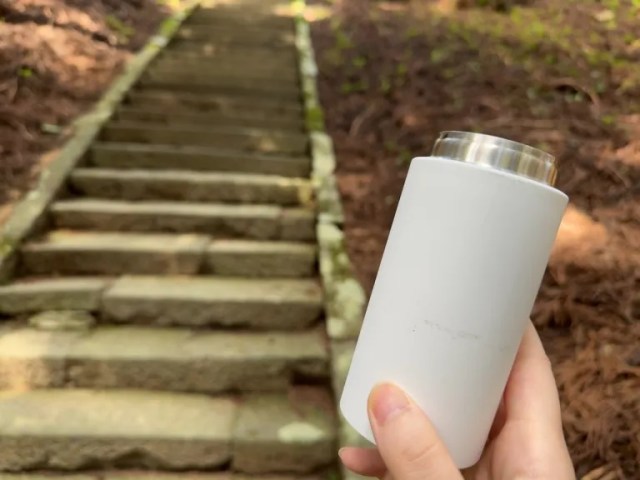
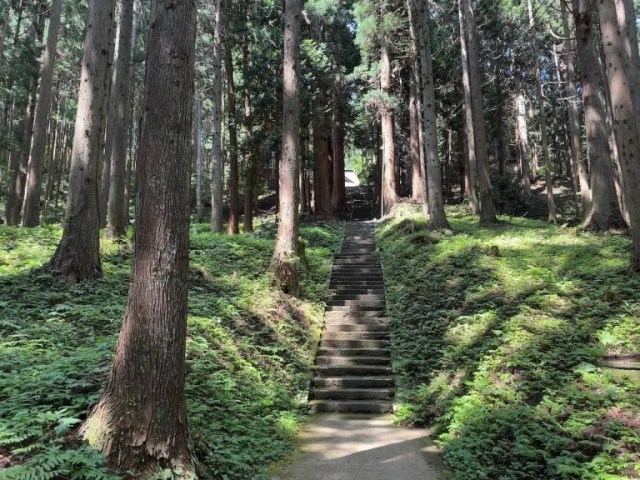
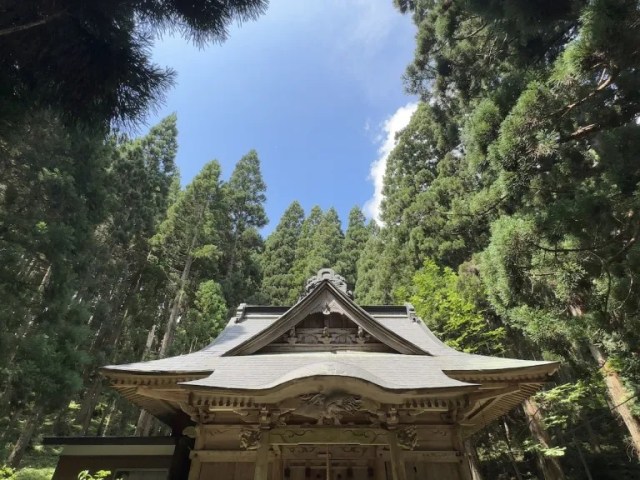
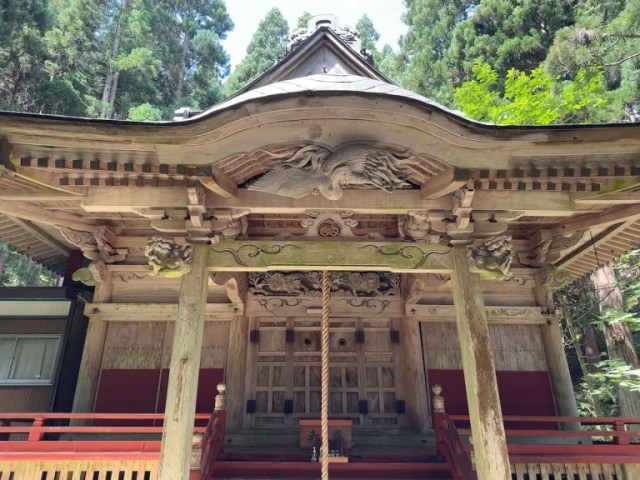
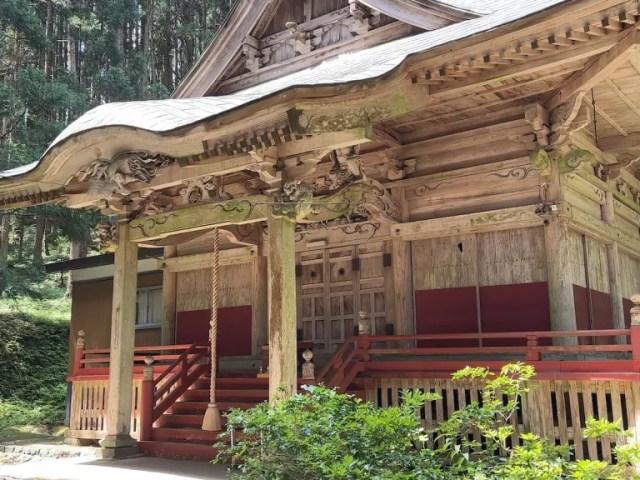
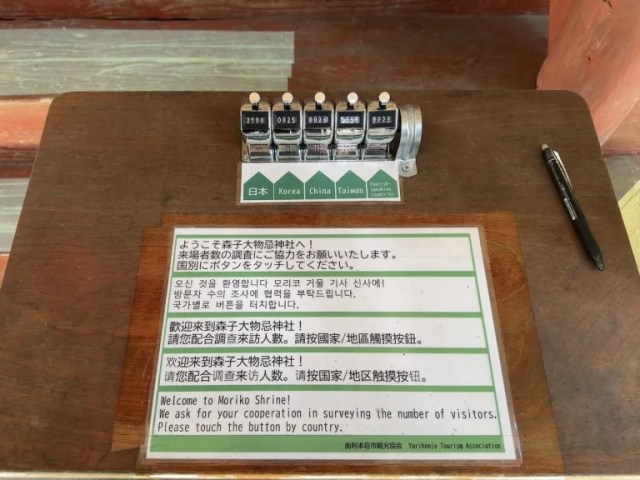
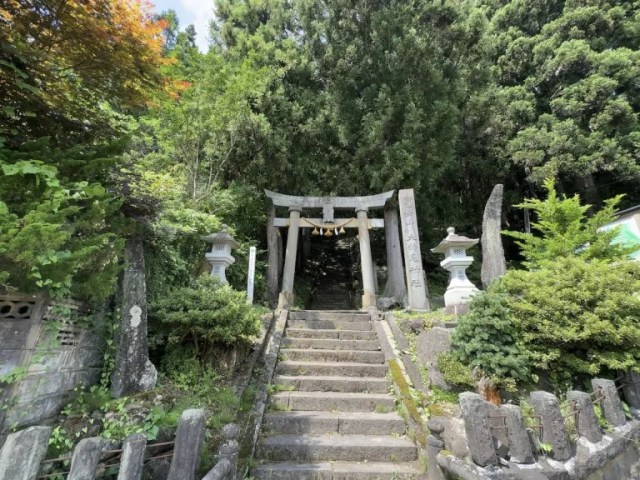
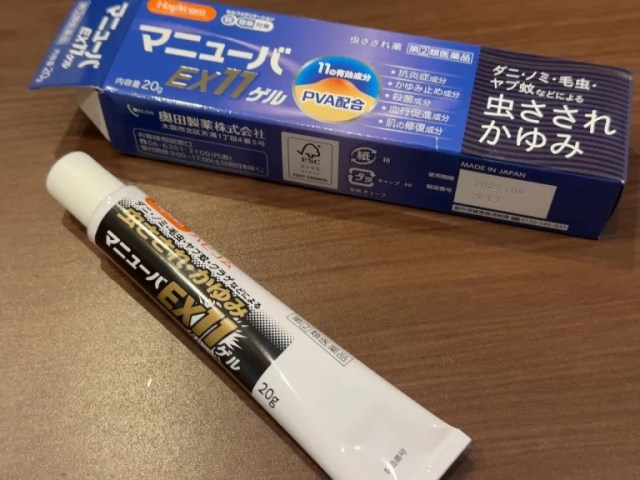
 Legendary basketball anime Slam Dunk is getting a brand-new movie
Legendary basketball anime Slam Dunk is getting a brand-new movie Bear attacks, disappointing anime ending causing concerns about Japanese animal park event
Bear attacks, disappointing anime ending causing concerns about Japanese animal park event Japanese Twitter user posts beautiful photos of what may be Japan’s most picturesque shrine
Japanese Twitter user posts beautiful photos of what may be Japan’s most picturesque shrine This “power spot” in Kumamoto, Japan looks straight out of a Ghibli movie, is pure magic 【Photos】
This “power spot” in Kumamoto, Japan looks straight out of a Ghibli movie, is pure magic 【Photos】 The only path to this Nagasaki Shinto shrine gets swallowed by the sea every day【Video】
The only path to this Nagasaki Shinto shrine gets swallowed by the sea every day【Video】 Foreigner’s request for help in Tokyo makes us sad for the state of society
Foreigner’s request for help in Tokyo makes us sad for the state of society Seaside scenery, history, and so many desserts on Yokohama’s Akai Kutsu【Japan Loop Buses】
Seaside scenery, history, and so many desserts on Yokohama’s Akai Kutsu【Japan Loop Buses】 Mikado Coffee is a 76-year-old coffee chain with a major celebrity connection
Mikado Coffee is a 76-year-old coffee chain with a major celebrity connection Japanese city loses residents’ personal data, which was on paper being transported on a windy day
Japanese city loses residents’ personal data, which was on paper being transported on a windy day Princesses, fruits, and blacksmiths: Study reveals the 30 most unusual family names in Japan
Princesses, fruits, and blacksmiths: Study reveals the 30 most unusual family names in Japan Japan’s massive matcha parfait weighs 6 kilos, contains hidden surprises for anyone who eats it
Japan’s massive matcha parfait weighs 6 kilos, contains hidden surprises for anyone who eats it Red light district sushi restaurant in Tokyo shows us just how wrong we were about it
Red light district sushi restaurant in Tokyo shows us just how wrong we were about it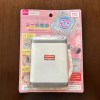 Can Daiso’s mini washing machine wash your jocks and socks?
Can Daiso’s mini washing machine wash your jocks and socks? Japan’s summertime towelket pillowcases are even better with the addition of Ghibli stars【Photos】
Japan’s summertime towelket pillowcases are even better with the addition of Ghibli stars【Photos】 Should you add tartar sauce to Japanese curry rice? CoCo Ichi makes diners an unusual offer
Should you add tartar sauce to Japanese curry rice? CoCo Ichi makes diners an unusual offer McDonald’s new Happy Meals offer up cute and practical Sanrio lifestyle goods
McDonald’s new Happy Meals offer up cute and practical Sanrio lifestyle goods Japanese ramen restaurants under pressure from new yen banknotes
Japanese ramen restaurants under pressure from new yen banknotes French Fries Bread in Tokyo’s Shibuya becomes a hit on social media
French Fries Bread in Tokyo’s Shibuya becomes a hit on social media New private rooms on Tokaido Shinkansen change the way we travel from Tokyo to Kyoto
New private rooms on Tokaido Shinkansen change the way we travel from Tokyo to Kyoto Tokyo Tsukiji fish market site to be redeveloped with 50,000-seat stadium, hotel, shopping center
Tokyo Tsukiji fish market site to be redeveloped with 50,000-seat stadium, hotel, shopping center Beautiful Ghibli sealing wax kits let you create accessories and elegant letter decorations【Pics】
Beautiful Ghibli sealing wax kits let you create accessories and elegant letter decorations【Pics】 Secret Kitchen bento serves Japanese flowers, birds, wind and moon in a box, but is it worth it?
Secret Kitchen bento serves Japanese flowers, birds, wind and moon in a box, but is it worth it? New definition of “Japanese whiskey” goes into effect to prevent fakes from fooling overseas buyers
New definition of “Japanese whiskey” goes into effect to prevent fakes from fooling overseas buyers Our Japanese reporter visits Costco in the U.S., finds super American and very Japanese things
Our Japanese reporter visits Costco in the U.S., finds super American and very Japanese things Studio Ghibli releases Kiki’s Delivery Service chocolate cake pouches in Japan
Studio Ghibli releases Kiki’s Delivery Service chocolate cake pouches in Japan All-you-can-drink Starbucks and amazing views part of Tokyo’s new 170 meter-high sky lounge
All-you-can-drink Starbucks and amazing views part of Tokyo’s new 170 meter-high sky lounge More foreign tourists than ever before in history visited Japan last month
More foreign tourists than ever before in history visited Japan last month New Pokémon cakes let you eat your way through Pikachu and all the Eevee evolutions
New Pokémon cakes let you eat your way through Pikachu and all the Eevee evolutions Disney princesses get official manga makeovers for Manga Princess Cafe opening in Tokyo
Disney princesses get official manga makeovers for Manga Princess Cafe opening in Tokyo Sales of Japan’s most convenient train ticket/shopping payment cards suspended indefinitely
Sales of Japan’s most convenient train ticket/shopping payment cards suspended indefinitely Sold-out Studio Ghibli desktop humidifiers are back so Totoro can help you through the dry season
Sold-out Studio Ghibli desktop humidifiers are back so Totoro can help you through the dry season Japanese government to make first change to romanization spelling rules since the 1950s
Japanese government to make first change to romanization spelling rules since the 1950s Ghibli founders Toshio Suzuki and Hayao Miyazaki contribute to Japanese whisky Totoro label design
Ghibli founders Toshio Suzuki and Hayao Miyazaki contribute to Japanese whisky Totoro label design Doraemon found buried at sea as scene from 1993 anime becomes real life【Photos】
Doraemon found buried at sea as scene from 1993 anime becomes real life【Photos】 Tokyo’s most famous Starbucks is closed
Tokyo’s most famous Starbucks is closed One Piece characters’ nationalities revealed, but fans have mixed opinions
One Piece characters’ nationalities revealed, but fans have mixed opinions We asked a Uniqlo employee what four things we should buy and their suggestions didn’t disappoint
We asked a Uniqlo employee what four things we should buy and their suggestions didn’t disappoint Avatar sequel no match for anime basketball boys in Japan as Way of Water debuts behind Slam Dunk
Avatar sequel no match for anime basketball boys in Japan as Way of Water debuts behind Slam Dunk Visiting a maximum security shrine at the foot of the Narita airport runway
Visiting a maximum security shrine at the foot of the Narita airport runway TripAdvisor Japan announces the country’s 10 favorite shrines and temples
TripAdvisor Japan announces the country’s 10 favorite shrines and temples A visit to one of Japan’s motorcycle Shinto shrines
A visit to one of Japan’s motorcycle Shinto shrines Japanese manga artist draws hilarious parody of Your Name’s Hollywood live-action remake
Japanese manga artist draws hilarious parody of Your Name’s Hollywood live-action remake Yaoi fans rejoice as Shinto shrine seems to open part-time positions for male shrine maidens
Yaoi fans rejoice as Shinto shrine seems to open part-time positions for male shrine maidens A visit to “the most blessed kappa statues in all of Japan”【Photos】
A visit to “the most blessed kappa statues in all of Japan”【Photos】 Petition to protest bulldozing of Ghibli-featured shrine gathers over 10,000 signatures worldwide
Petition to protest bulldozing of Ghibli-featured shrine gathers over 10,000 signatures worldwide Step into a magical spirit world at the Motomiya Festival at Fushimi Inari Shrine in Kyoto
Step into a magical spirit world at the Motomiya Festival at Fushimi Inari Shrine in Kyoto Osaka shrine’s sacred horse provides no bathroom privacy, lots of laughs after “remodeling”【Vid】
Osaka shrine’s sacred horse provides no bathroom privacy, lots of laughs after “remodeling”【Vid】 Company known for Pokémon cards and toys under fire for tweet about visiting Yasukuni Shrine
Company known for Pokémon cards and toys under fire for tweet about visiting Yasukuni Shrine Gunma Prefecture’s adorable mascot dances into our hearts and travel plans 【Video】
Gunma Prefecture’s adorable mascot dances into our hearts and travel plans 【Video】 Three reasons you should go to Kyoto right now
Three reasons you should go to Kyoto right now *UPDATE* Retailer encourages Slam Dunk fans to slap anime character’s fat, wobbly neck【Video】
*UPDATE* Retailer encourages Slam Dunk fans to slap anime character’s fat, wobbly neck【Video】 New ‘Shrine Cafe’ in Tokyo offers fortune-telling and counseling services with your tea
New ‘Shrine Cafe’ in Tokyo offers fortune-telling and counseling services with your tea Cool and fun paper craft from the makers of Akafuku — one of Japan’s favorite sweets!
Cool and fun paper craft from the makers of Akafuku — one of Japan’s favorite sweets!
Leave a Reply